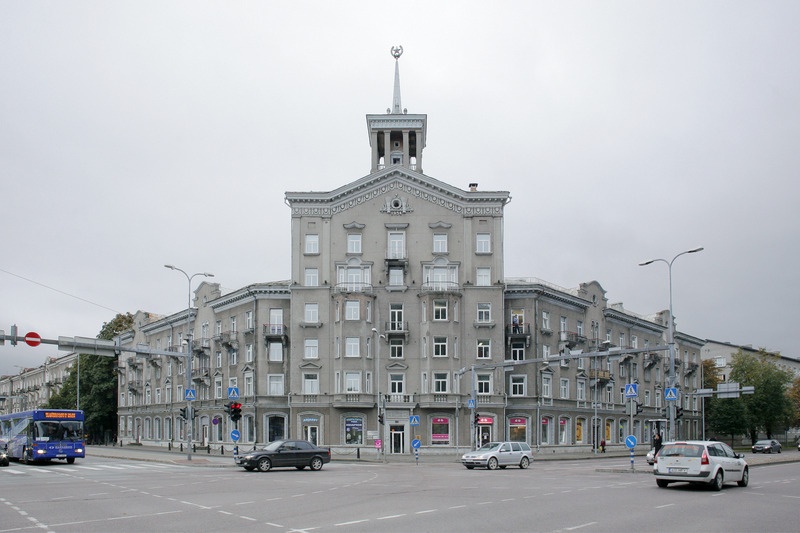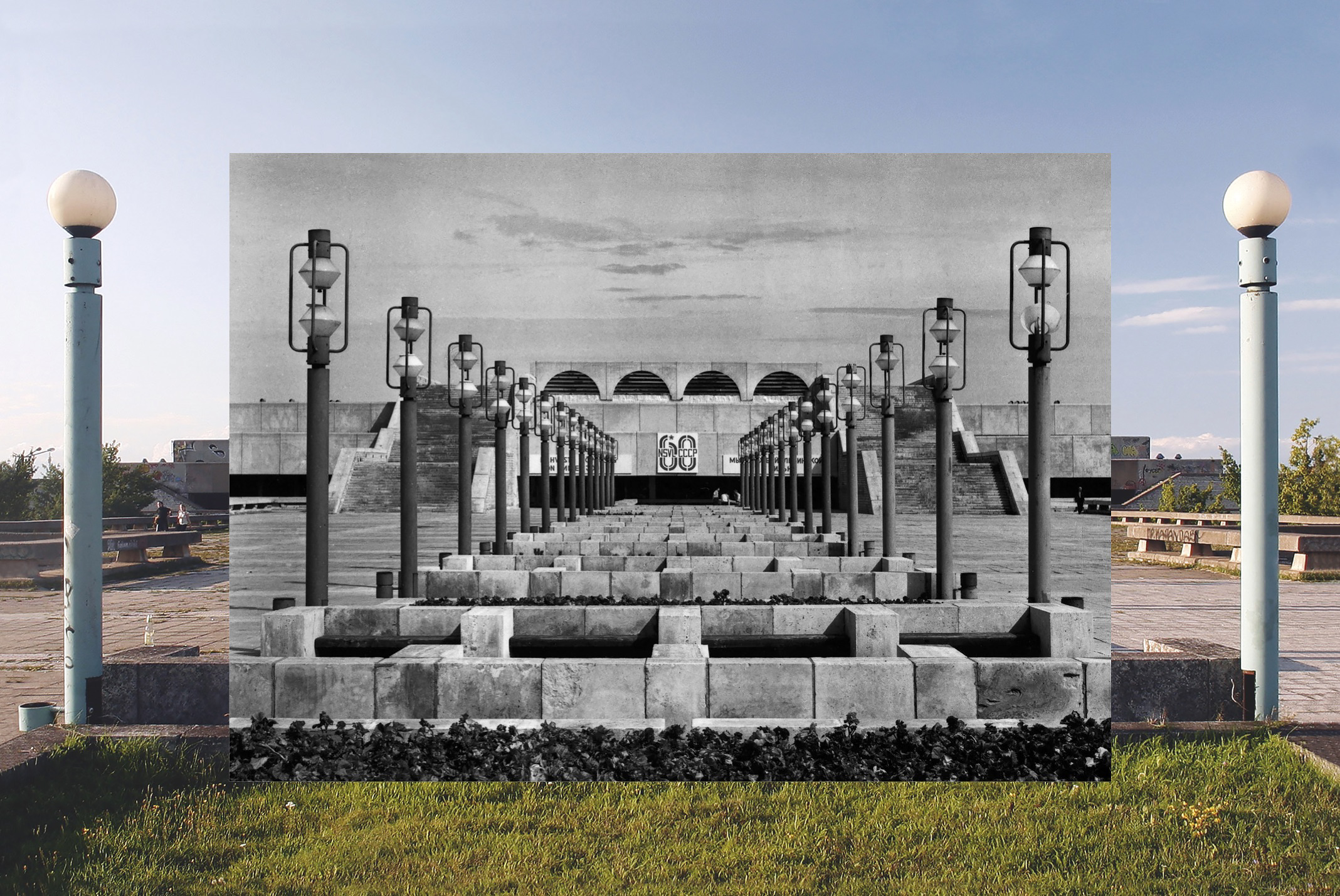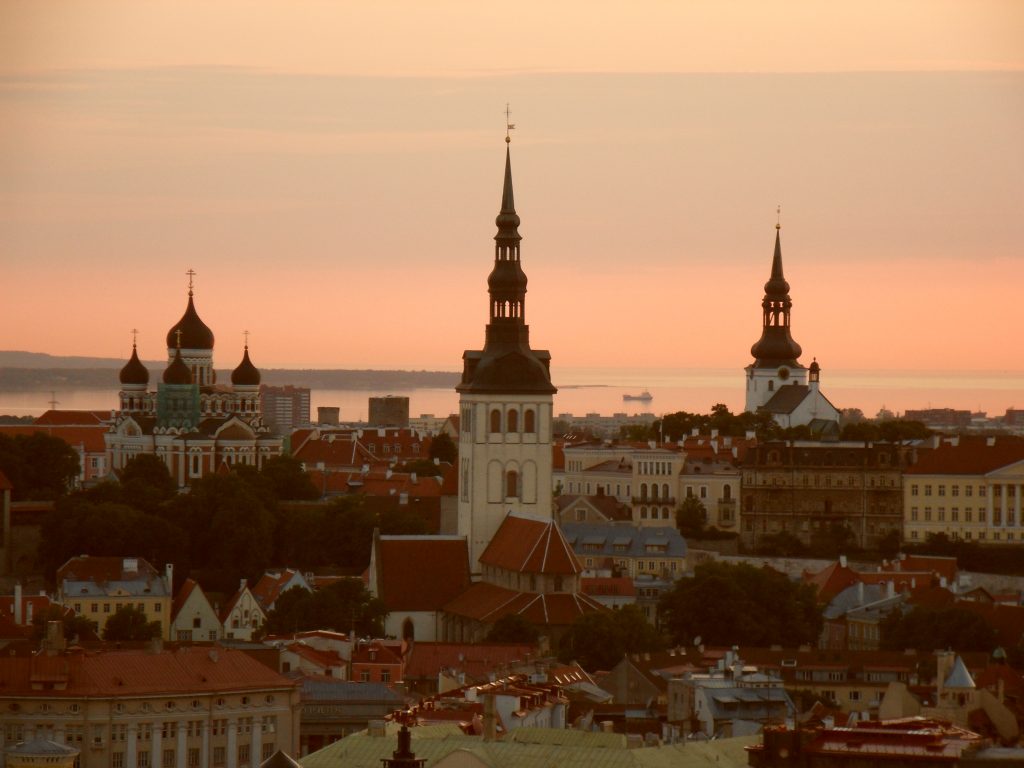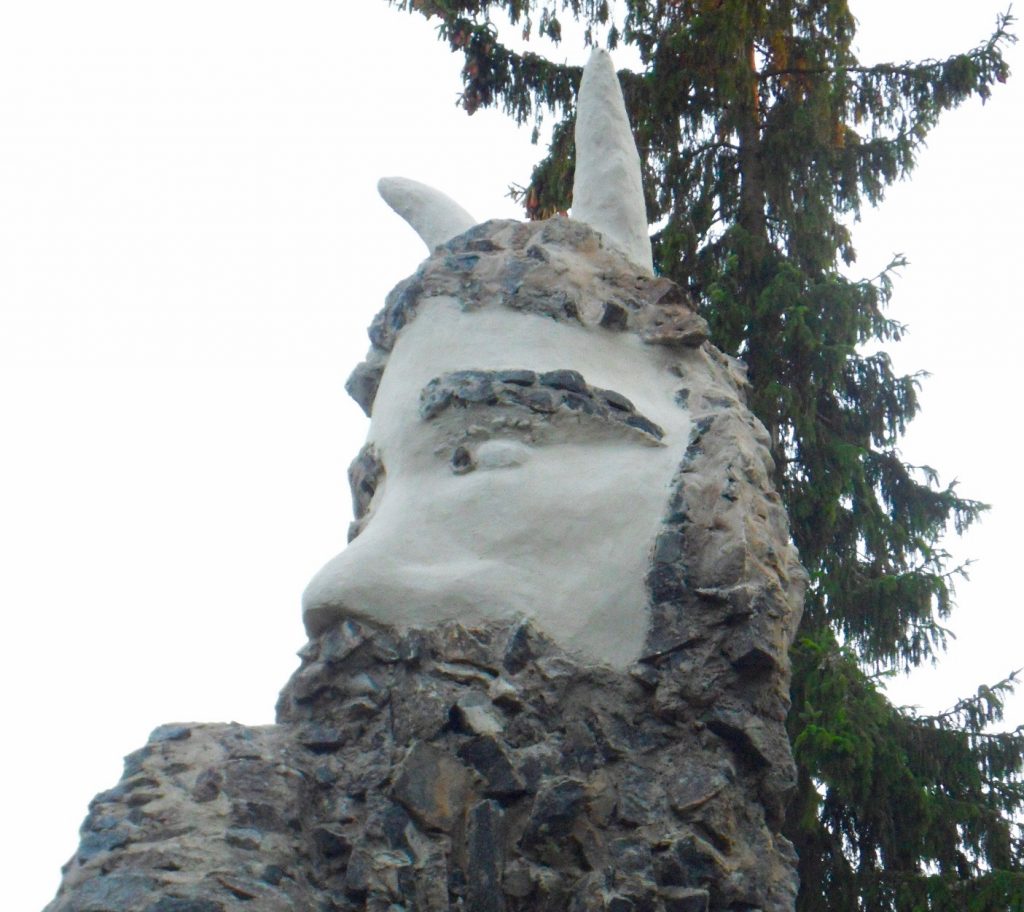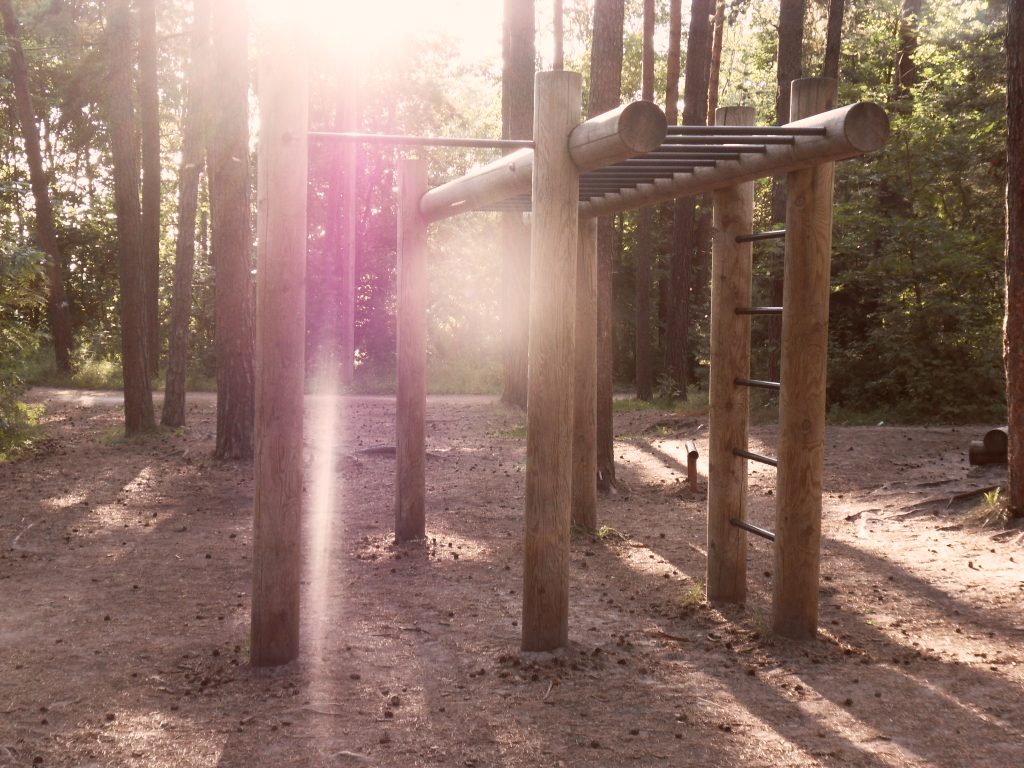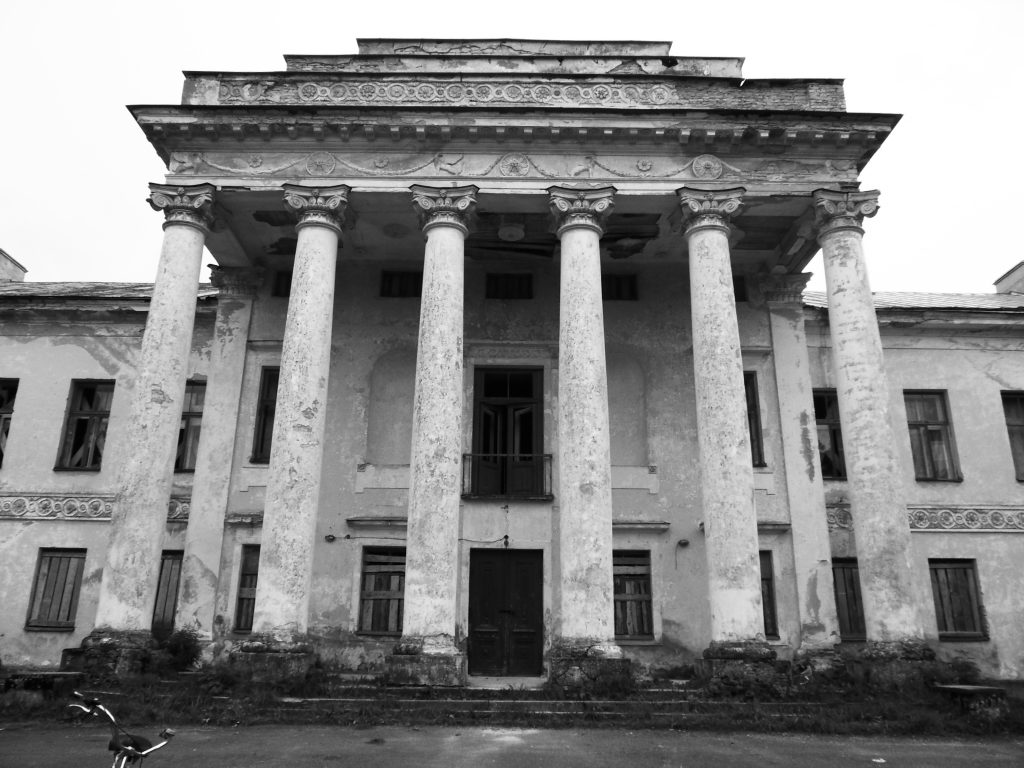Tallinn is renowned for its picturesque medieval Old Town, but its Soviet past has also left an indelible mark on its urban landscape more “Grandeur and Brutalism: The Best of Soviet Architecture in Tallinn”
Tag: Exploring
The Legacy of the 1980 Moscow Olympics in Tallinn: Soviet Architecture
The Moscow Olympics of 1980 were not just a global sporting spectacle; they were an opportunity for the Soviet Union to showcase its architectural prowess. Tallinn played its part in this grand narrative as the host city for the sailing events. more “The Legacy of the 1980 Moscow Olympics in Tallinn: Soviet Architecture”
~{Forgotten Tallinn Series, Ep.3}~ Kopli Lines, Abandoned Ghost Town
Derelict; dangerous; destroyed; destitute. Kopli Lines has been one of the most problematic areas of Tallinn for decades. Vacant shells of former homes sporadically occupied by squatters and always in the news for the wrong reasons; more “~{Forgotten Tallinn Series, Ep.3}~ Kopli Lines, Abandoned Ghost Town”
~{Forgotten Tallinn Series, Ep.2}~ A Photographic Tour of Kopli
Once upon a time in a mystical land called Kopli one intrepid traveller decided to take a walk with his camera.
Deeper and deeper into this dangerous district he delved, documenting the darker side of Tallinn. more “~{Forgotten Tallinn Series, Ep.2}~ A Photographic Tour of Kopli”
~{Forgotten Tallinn Series, Ep.1}~ What’s the story of Kopli?
Tallinn is in a state of monumental metamorphosis. Apartment blocks rise up from the fertile ashes of a post-industrial wasteland, cafés procreate, shopping malls swell and futuristic trams glide silently across their new domain. more “~{Forgotten Tallinn Series, Ep.1}~ What’s the story of Kopli?”
A Beginners’ Guide to Tallinn
Dynamic, yet peaceful.
Modern, yet traditional.
Nordic future, Soviet past.
Fiercely patriotic; yet outward-facing. more “A Beginners’ Guide to Tallinn”
8 Abandoned Places to explore in and around Tallinn
[Originally posted in 2017. How things have changed. You can see my updated list here]
Estonia is full of secrets.
Museums and history books will tell you the official stories but the real secrets are hidden below this superficial surface. more “8 Abandoned Places to explore in and around Tallinn”
Soviet Statues – Abandoned and Unloved
The Soviet obsession with statues is clear. From Berlin to Bishkek, the former Iron Curtain cities are littered with these grand images of strength and unity – propaganda and personality cult – like the scattered wreckage strewn across the landscape in the wake of a mighty storm. more “Soviet Statues – Abandoned and Unloved”
A Surprise in the Forest
Paldiski: Abandoned Lighthouse and Crumbling Industry
50km west of Tallinn, perched on the precarious coastal limestone cliffs that characterise the coastline, lies the former Soviet military town of Paldiski. more “Paldiski: Abandoned Lighthouse and Crumbling Industry”
Keila-Joa Waterfall
RMK is an organisation responsible for the upkeep and general preservation of Estonian state-owned forests. With over 2.2 million hectares of forest covering the land (40% of which is owned by the state) this is no small task. more “Keila-Joa Waterfall”
Pirita Health Track: A Beautiful Place To Cycle, Walk or Run
Pirita Health Track – Pirita Terviserajad – is a 7.2km track slicing through the picture-perfect forest which characterises this beautiful district to the east of The Old Town. more “Pirita Health Track: A Beautiful Place To Cycle, Walk or Run”
Walking in a Winter Wonderland
Contemplating visiting Tallinn in winter but scared of the cold? Hopefully these images will convince you to pull on your thermals, grab a warm drink, charge your camera and bask in the glorious winter scenery. The cold is a small price to pay for such beauty.
How a Tiny Deer gave Tallinn its Name
There are many different legends offering explanations as to how the Estonian capital got its name but one of the most popular stories is set around the time of the Danish King Valdemar.
Shortly after the King and his forces had conquered North Estonia and converted the population to Christianity the king was taking a stroll in his new grounds. In the upper quarters of the town he spied a tiny deer. Rather than hunt the animal, the new king ordered his courtiers to find and capture the animal so the king could keep him as a pet. more “How a Tiny Deer gave Tallinn its Name”
Summer Cycling: Reminiscing
Cycling is undoubtedly the most liberating and efficient way to explore Tallinn. With numerous cycle paths and amazing natural scenery, a bike is almost as essential as a camera… maps are optional.
This gorgeous forest is located on Rummu tee (near Pirita), a short ride from the TV Tower. Notice the quaint, yet slightly eerie, cemetary on the right hand side of the path. Very Interesting. more “Summer Cycling: Reminiscing”
Stalked through the Abandoned Mansion, Riisipere
About 50km from Tallinn lies the small town of Riisipere. After a lengthy bike ride we came face to face with this magnificent yet eerie mansion. Dating back to the 1800’s, the building and its grounds have been completely abandoned and left to the mercy of the elements for many years, giving this once grand structure a far more imposing aura.
I have often heard the phrase ‘a wall of silence’ used to describe a stillness so profound that it feels all-consuming. The grounds of Riisipere Mansion were engulfed by silence. No birdsong. No breeze. No rustling of the leaves. No life could be heard. Gardens were overgrown and a solitary rusting bench lay forgotten next to a vast lake that stretched out into the void. more “Stalked through the Abandoned Mansion, Riisipere”
The Russian Market
Tallinn boasts many clean, shiny and sterile shopping centres packed with the typical array of vastly over-priced clothing stores, chain restaurants and miserable faces but for a truly unique experience nowhere compares to the Russian market.
From second hand socks to chunks of raw meat, antique cameras, stuffed eagles and a staggering array of old Soviet knives and Nazi uniforms, the Russian market is the place to find almost anything your heart desires. So, step into the time machine and travel back to the Soviet times with a visit to this fascinating cultural locale. more “The Russian Market”
Patarei Vangla: Abandoned Soviet Prison not fit for Humans
The imposing abandoned structure of Patarei Prison, just a stones throw from the main harbour, serves as a stark reminder of the brutality of the Soviet regime and offers a tantalising glimpse into the grim nature of prison life in Estonia during the late twentieth century.
These images were taken on my first visit to Patarei in 2011.
Originally built as a sea fortress in 1840, this formidable compound housed inmates right up until 2002 and has remained almost completely untouched since its closure in 2005. With dead plants still on the tables, beds still made and bars of soap decaying in the showers, this eerie, uncomfortable and dirty place remains one of the most ubiquitous remnants of Tallinn’s dark past. Poignant, thought-provoking and utterly immersive. more “Patarei Vangla: Abandoned Soviet Prison not fit for Humans”
Linda Hill (Lindamägi)
At the top of Toompea Street on the upper side of the Old Town sits a tiny monument depicting a mythical figure – Linda. According to Tallinn folklore, Linda was the wife of Kalev, the man who founded the city. The statue depicts a very solemn figure of Linda with her head bowed, mourning the death of her husband.
This small monument is very important to the people of Tallinn because, despite the fact that the statue predates World War II, the residents adopted it as an unofficial memorial to loved ones that had been exiled to Siberia. Due to the fact that there was no official gravesite or memorial, locals would come and lay flowers by Linda, sometimes at great personal risk. more “Linda Hill (Lindamägi)”
